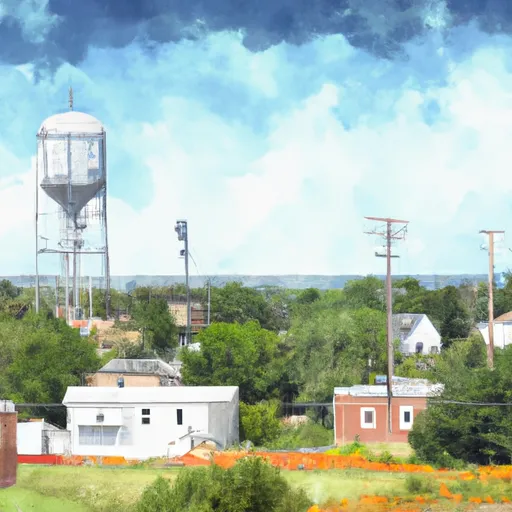°F
°F
mph
Windspeed
%
Humidity











Weldon, Iowa is a small town located in the southern part of the state. It experiences a humid continental climate, characterized by warm summers and cold winters. Average summer temperatures range from 70°F to 90°F, while winter temperatures vary from 10°F to 30°F. Precipitation is fairly evenly distributed throughout the year, with an average annual rainfall of around 35 inches and snowfall of about 30 inches.
The hydrology of Weldon is influenced by the presence of the Grand River, which flows through the town. The river provides opportunities for fishing and boating enthusiasts. Popular game fish in the area include catfish, bass, and crappie.
Outdoor recreation opportunities in Weldon are abundant. The town boasts several parks and green spaces, offering amenities such as walking trails, picnic areas, and playgrounds. Additionally, the nearby rural areas provide opportunities for hiking, camping, and birdwatching. Weldon is also located in close proximity to several state parks and wildlife areas, allowing residents and visitors to engage in activities such as hunting, wildlife viewing, and nature photography. Overall, Weldon offers a variety of outdoor activities for nature lovers and those seeking to explore the beauty of Iowa's countryside.
Weather Forecast
Weldon receives approximately 936mm of rain per year, with humidity levels near 82% and air temperatures averaging around 10°C. Weldon has a plant hardyness factor of 5, meaning plants and agriculture in this region thrive during a short period during spring and early summer. Most plants will die off during the colder winter months.
Regional Streamflow Levels
8
Cubic Feet Per Second
63
Cubic Feet Per Second
8
Cubic Feet Per Second
14
Cubic Feet Per Second
Nearby Camping
| Camping Area | Reservations | Toilets | Showers |
|---|---|---|---|
| Windsor Crossing - Harry S Truman Lake | |||
| Osceola RV Park | |||
| Knob Noster State Park | |||
| Farrington City Park | |||
| Bucksaw - Harry S. Truman Lake | |||
| Berry Bend - Harry S. Truman Lake |



